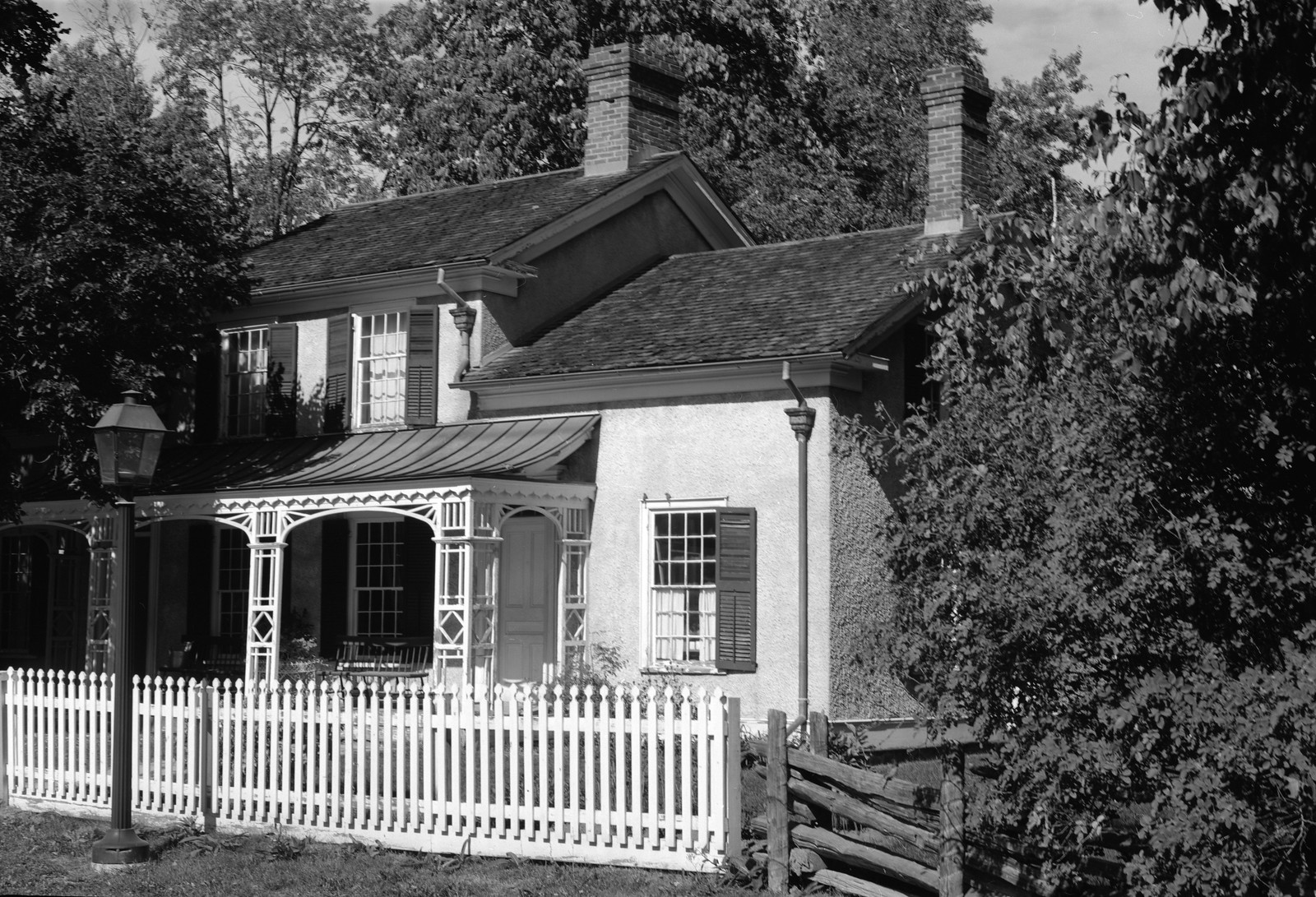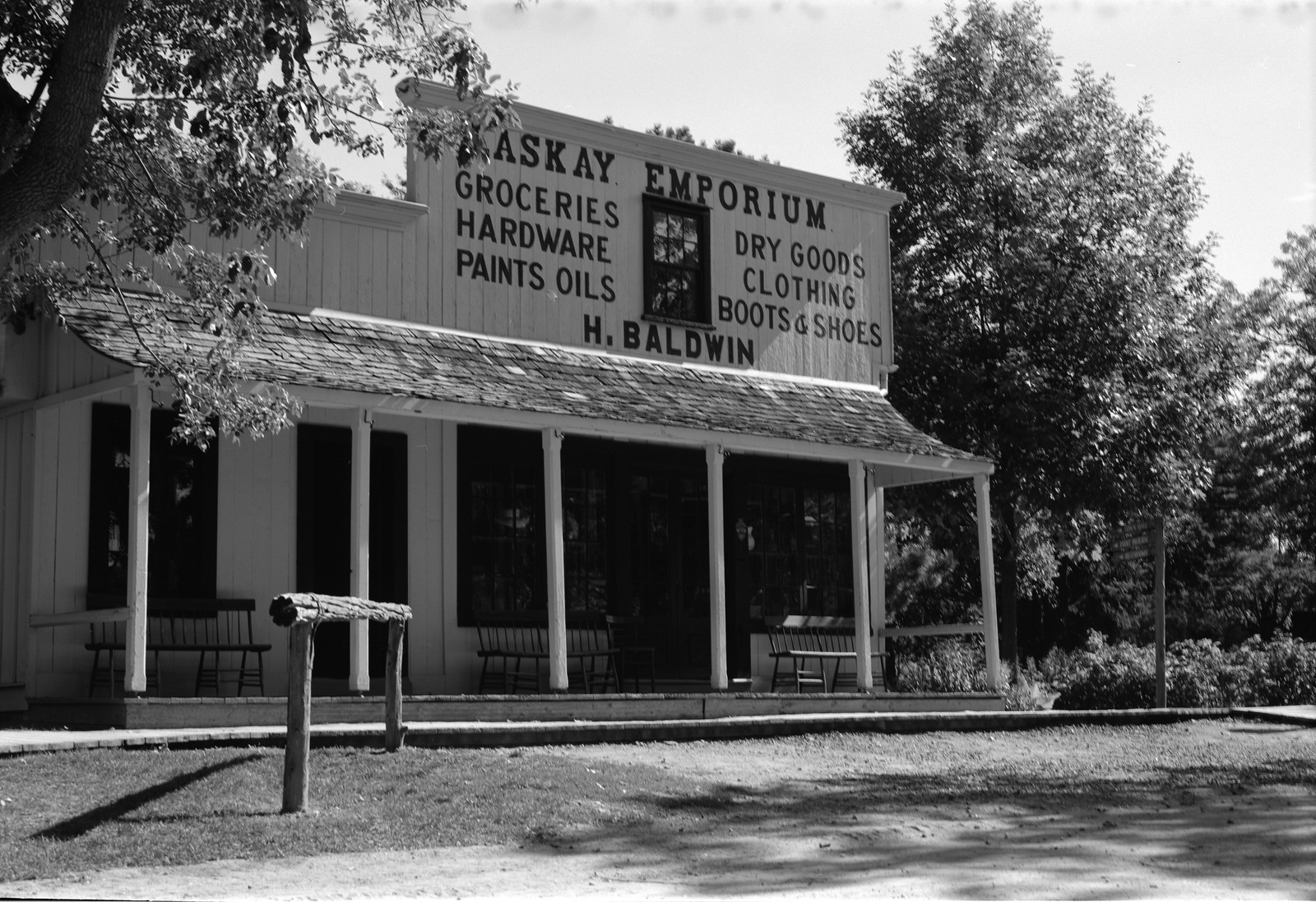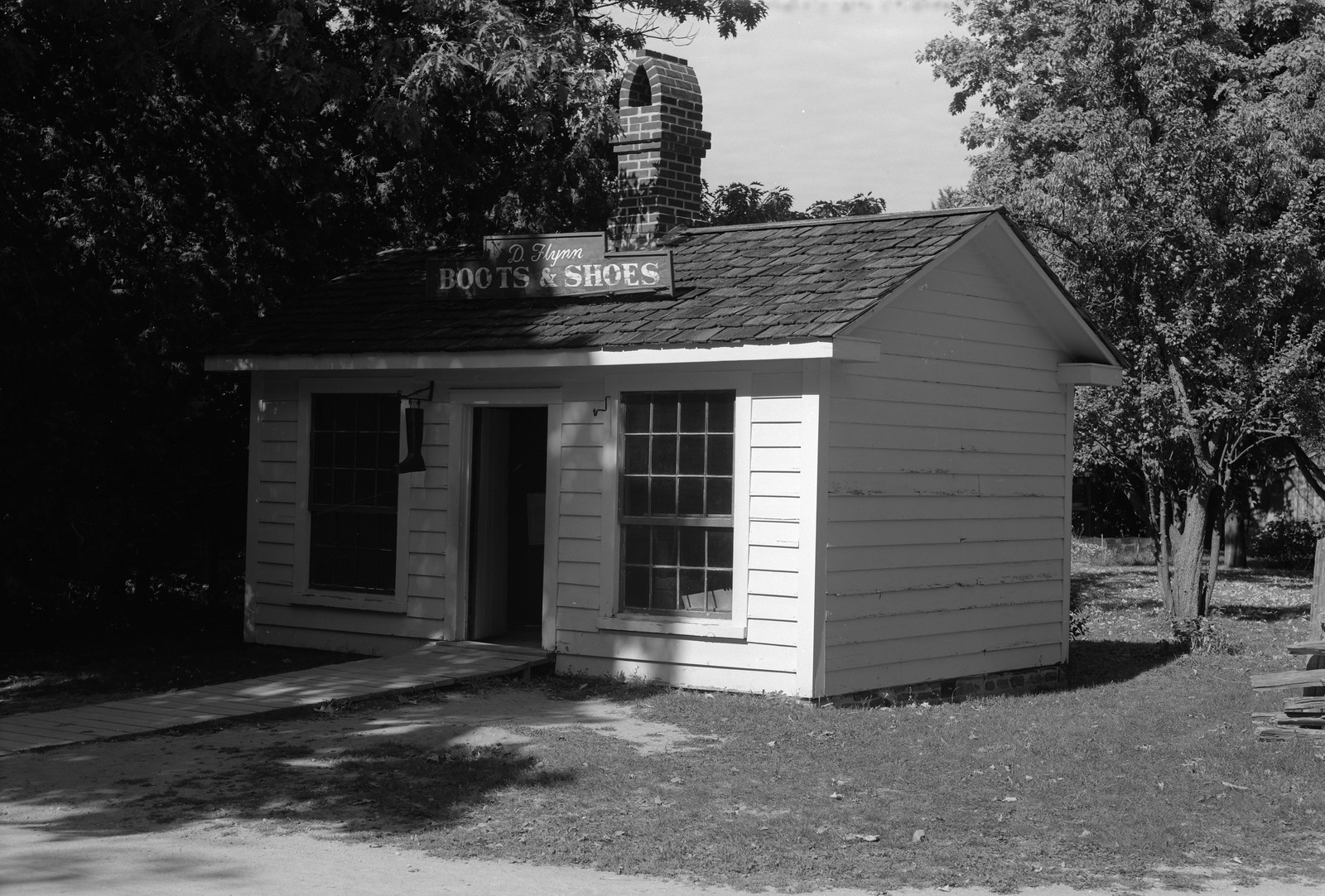To say the Mamiya Universal is clunky and hard to use is an understatement. But it is not wholly un-useable, you just need to find the flow of the camera. The Universal isn’t a bad camera, underrated, hard to use yes, but a good camera. And while the whole Press series is a strange departure and little more than a footnote in the history of Mamiya, it almost seems like they were trying to build a system camera to see that they could before hitting the big time with their medium format SLRs. But there is a strange draw to a camera system that you can customise almost from the ground up. Special thanks to John Meadows for loaning out this camera for this review!
Camera Specifications
Make: Mamiya
Model: Universal
Type: Rangefinder
Format: Multiple (Back Dependent), including Medium (120/220, 6×4.5, 6×6, 6×7, and 6×9), Sheet (2×3), Polaroid Type-100
Lens: Interchangeable, Mamiya Press Mount
Shutter: Seiko Leaf Shutter, Lens Integrated
Year of Manufacture: 1969-1970

Background
The whole series seems to be a strange departure from the common elements of Mamiya cameras. Mamiya is among the younger camera firms in Japan, founded in 1940; it produced a single camera the Mamiya Six before Japan entered World War Two by attacking the American naval base at Pearl Harbor in 1941. Mamiya would provide military gear until the surrender of 1945 and be the first to resume construction of the Mamiya Six. By the end of the decade, the company diversified into 16mm, 35mm, and Twin-Lens cameras. When Nikon introduced the F and the idea of a system camera in 1959, Mamiya took a different approach. While they did produce their system SLR, the Prismat, they also in 1960 introduced the Mamiya Press. The Press is a system based medium format rangefinder, interchangeable lenses from 90mm to 250mm were introduced and an interchangeable back that allowed for 6×6, 6×7, and 6×9 exposures on either 120 or 220 film. The backs were based on their own M-Mount and included a bellows that allowed for limited movement. The Press G introduced in 1963 allowed people to use Graflok backs to use roll film from Century or Baby Crown/Speed Graphics. Mamiya also produced a budget model in the Press S released in 1964, the S lacked the rear bellows and had a fixed 105mm lens. The Press G was updated in 1965 to the Mamyia 23 which as the name indicated would accept film holders and shoot 2×3 sheet film. The first significant update to the entire system came in 1967 with the Mamiya 23 Super, they returned to the old M-Mount for film backs, but a 23 Super G had a Graflok back. The 23 Super featured a redesigned body which allowed for the photographer to change the finder lines to make it easier to compose; the finder lines were calibrated to 100mm, 150mm, and 250mm lenses. A further update in 1969 produced the Mamiya Universal, and for the first time allowed for total customisation. The Universal, while doing away with the rear bellows, did allow for the photographer to mount their own backs either with the M-Mount or Graflok. You could also attach a Type-100 Polaroid Back, in exchange, Mamiya produced a variant, the Polaroid 600/600 SE. But the time was ticking, and after a year in production, the Universal line ceased replaced by the RB/RZ67 line of SLRs.


Impressions
The Universal is a giant awkward box and isn’t exactly going to win any beauty contests any time soon. It is almost as if Mamiya wanted to produce a medium format view camera but didn’t do well at either. It’s heavy, poorly laid out and takes a bit to get used to the overall layout finally. And you certainly need to add on a bunch of extras before it can be used handheld in the field. Thankfully the model I borrowed came with everything I needed from the handgrip with a shutter release and the smaller 6×7 film back rather than the massive 6×9. This is not a camera you want to carry around all day without a strap, and you certainly need a padded strap and a large camera bag, you also have to watch out for slower shutter speeds as there’s a tendency to have a lot of camera shake given the overall size and weight working handheld.


Experiences
You need to have a certain rhythm when working with the Mamiya Universal and working with a roll film back. And you need to approach a lot of the use of the camera to how you would shoot a large format camera. First of all, there’s no safety on the darkslide, and you can shoot an entire roll of film without getting a single image because you left the darkslide in the film back. Loading the film is not too bad, and mounting and dismounting the film backs are easy. But that’s where everything ends. The viewfinder is decent but could be brighter, in my opinion, and having the different frame lines to select from is also a nice touch. Still, you are limited and need an external finder for anything wider than the 100mm lens. Meter, Set, Focus, shoot, then advance. But you do have to watch out and disengage the advance lock pull the leaver and release the lock, or you risk over-advancing the film. Wash, Rinse, Repeat. And even with a leaf shutter, you do need to shoot at higher shutter speeds to prevent camera shake due to the weight. Overall, an awkward camera to use if you’re not used to the rhythm.


Optics
I’m a fan of Mamiya optics, having used them on the RB and 645 series of cameras before and the optics that are a part of the Press line of cameras are no slouches. Sharp, contrasty, and well built. The shutters are quality units manufactured by Seiko. The biggest problem is that the lenses do add a lot of weight to the camera especially the larger units, by 150mm they are sticking out fairly far from the body and add a certain shift in the camera’s centre of gravity. Second, to the added weight and size, Mamiya produced very few fast lenses for the series, only one f/2.8 lens with most clocking in at f/3.5 or f/4.7, and the longer the lens, the slower the lens with the 150mm clocking in at f/5.6 and a 250mm at f/8.


Lowdown
The Universal is not a camera for the faint of heart and can be fairly polarising, as those who love them, love them and those who don’t, don’t. Par for the course when it comes to Mamiya. I’m on the fence with the camera, while you get quality images from the camera is the effort worth it for the images? Honestly, for the amount of trouble, I would just go and shoot my 4×5. But if you want something customisable then this is a choice camera. And what surprises me the most is the cost of the camera on the used market, you’re paying around 400-500 dollars for a unit, but the good part is that you’re getting a camera body, lens, grip, and often multiple backs. So if you have the pockets, they can be a good deal. And the best part is that they can be easily repaired yourself and the shutters are common enough to be repaired by a good shop. Does it get my seal of approval? Sort of, if you’re willing to deal with the awkwardness.
Further Reading
Don’t just take my word on the Mamiya Universal, you can check out the reviews by other awesome camera reviewers!
Shoot It With Film – Mamiya Universal Review
Emulsive.org – Double Review, Mamiya 23 Super and Mamiya Universal
Casual Photophile – Mamiya Universal, With Great Weight Comes Great Versatility
Lomography.com – Mamiya Universal, the Mac Daddy of Medium Format Rangefinders

3 Comments